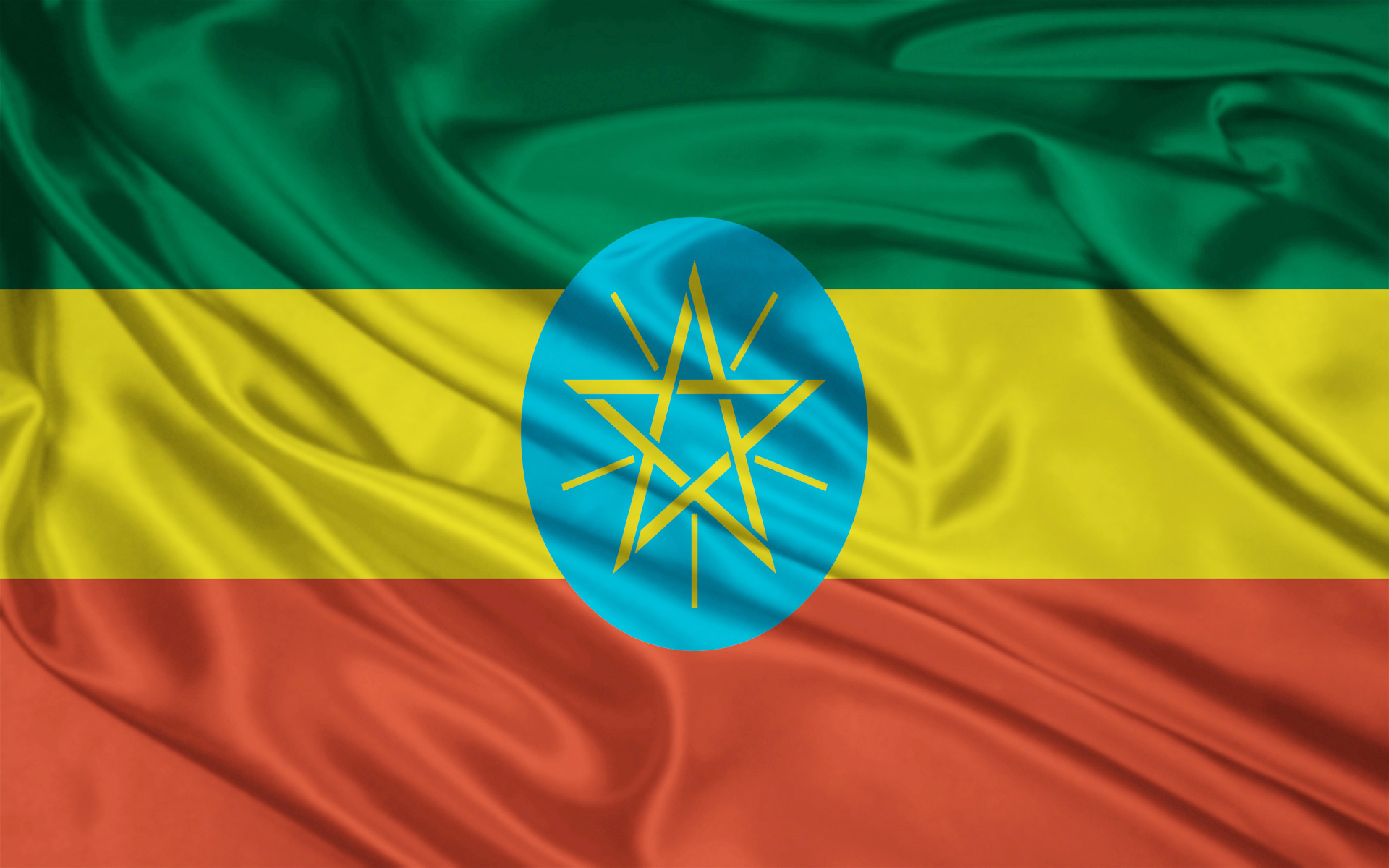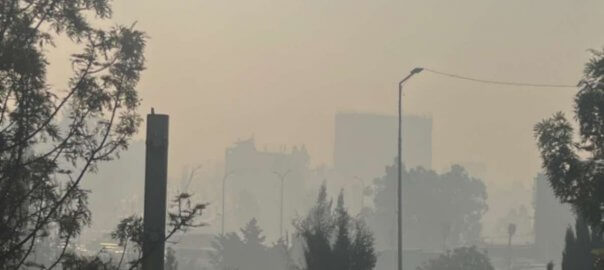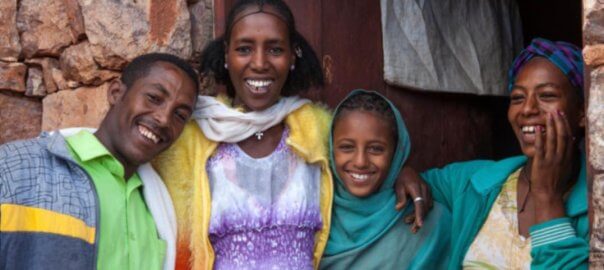For those of us in Addis the change in the weather has been noticeable in the last week. One of my favourite descriptive words in Amharic is ‘goom’ – ጉም – which describes the low cloud/ foggy weather which has started now. Along with a lot of rain over the last week, there is this colder wetter feel to the weather. It is now Kremt season and a sure sign the the ITCZ: Inter-Tropical Convergence Zone, has moved north bringing monsoon rain to Ethiopia. This same phenomenon brings rain to India and even south east Oman’s Dhofar mountains going green as a result. For more background on the Kremt check out this post from 2022.
But it is not winter! Yes it’s colder and wetter, but this is the growing season, over
the coming months the landscape in Ethiopia will be transformed into an emerald carpet, with clouds of yellow from the Meskal daisies (Adey Abeba). Winter is something that occurs in temperate and polar regions of the world. Here, of course the days get short, and with that temperatures are generally much lower, and often there will be an increase in rainfall. Plants will die off, become dormant, die back (loosing their leaves) or stop growing until spring.
But a rainy season, like the Indian monsoon and the Ethiopia Kremt, is the time of growth for plants. Crops are sown to grow during the rainy season.
How long does the Kremt last:
It varies across the country, and as you go north it tends to be weaker and start later, and even end earlier, whereas in Addis it’s longer. The date I found in the church calendar for the start of the Kremt as Senay 26 (3rd July) but in Addis it does seem to begin in mid June. Some years even earlier. The heaviest rain would be expected through the 2nd half of July and through August, with the rains getting less through September. By Meskal (27 September) they will almost be over, with perhaps a week or som of intermittent rain. Again the church calendar has the end of the Kremt as Meskerem 25 which is 5th October. From then on the weather should change dramatically to clear skies and very dry conditions – often with a wind that can be quite cool off the mountains.
What trips are good in the Kremt:
As I mentioned as you travel north the rains become less, so it’s a good time to visit Tigray, where you will get a good deal more sun and drier conditions. On the Tesfa trek in the Agame mountains much of the ground is sandy so the rains soaks away more and it does not get muddy. The same is true in Gheralta. Often the rain comes in late afternoon and at night and you can be in a guesthouse or perhaps watch the cloud and lightening play out in the distance. There is a special holiday in Tigray, celebrated in the countryside called Ashendiye on 22 August when women dress up with grass skirts and there is a lot of dancing, which would be great to see. And the delicious beles fruit is ripe – the prickly pear – and is best from the Agame mountains.
Also you can head south. As you go to lower altitudes it gets warmer and although there is more rain in this season it’s a great break from Addis. Staying at a lodge on Lake Langano or in Bishoftu is a nice break. Or you can go further south to Hawassa or Arba Minch where you will get some good weather and storms running through, but with that tropical feel.
And talking of lower altitudes and warmth – how about a weekend at Doho Lodge in Awash, with its beautiful spring fed pools, overlooking an oasis like lagoon! A great place to escape too for a couple of days.
As the waterfalls get more dramatic – checking the weather forecast – you could take advantage of a drier day and head to Debre Libanos to see the falls there (but this would be a last minute thing).
In late September you should pack your travel bags for more adventurous places. Tesfa, with Ride the Rift, are running a Meskal trip to Gurage at the end of September. While there is a focus of mountain biking we take hikers and runners too, and will try to include a half day rafting on the Wabe River (which the upper river for the Omo). But what makes this tip unique is the cultural experiences, joining in the Meskal celebrations that are so much part of the Gurage culture.

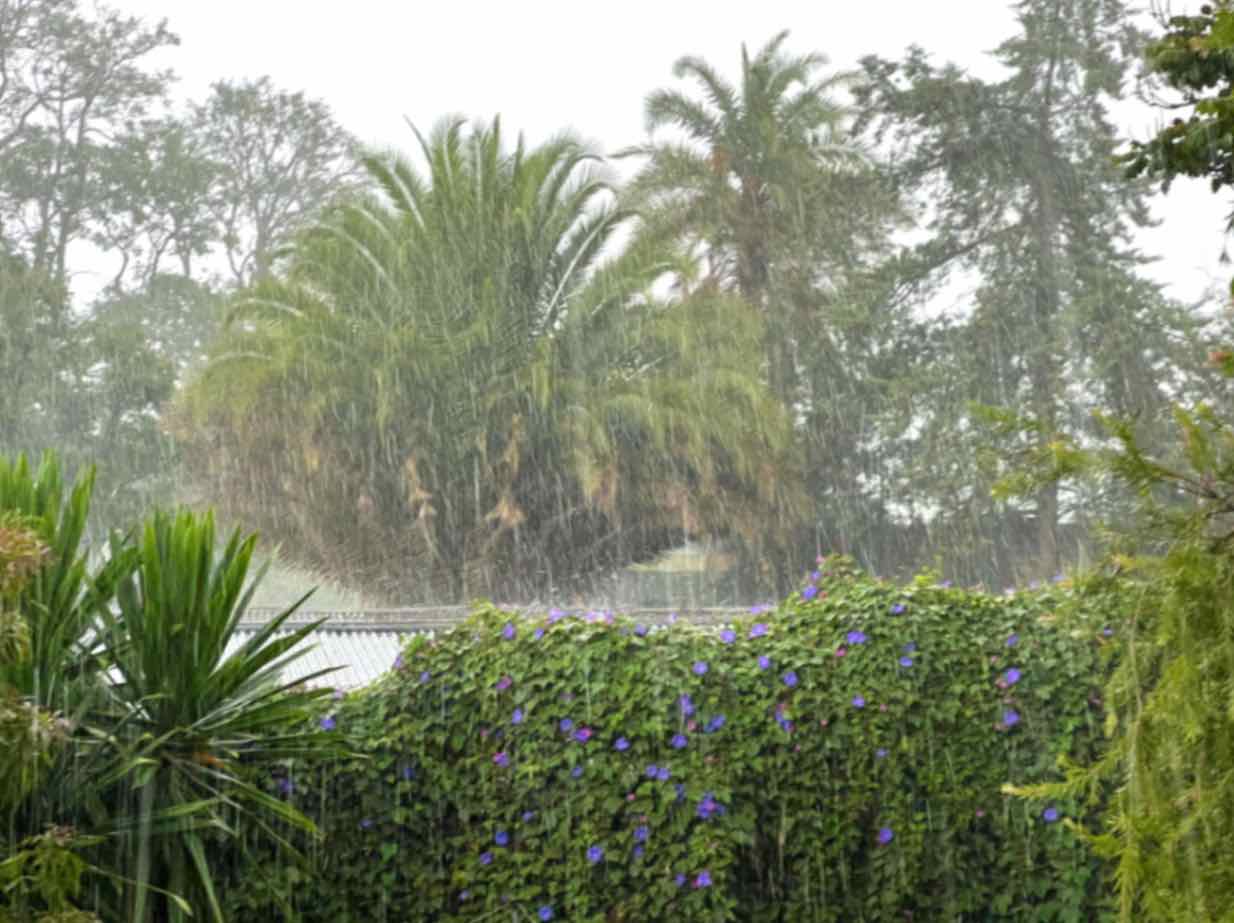
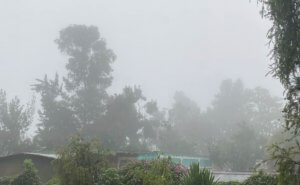
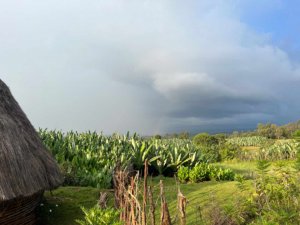
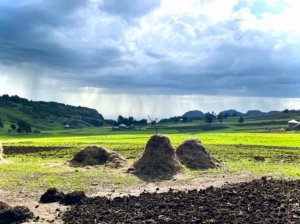
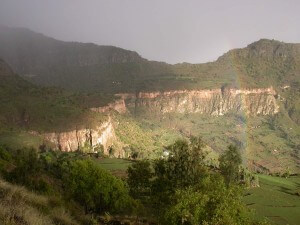
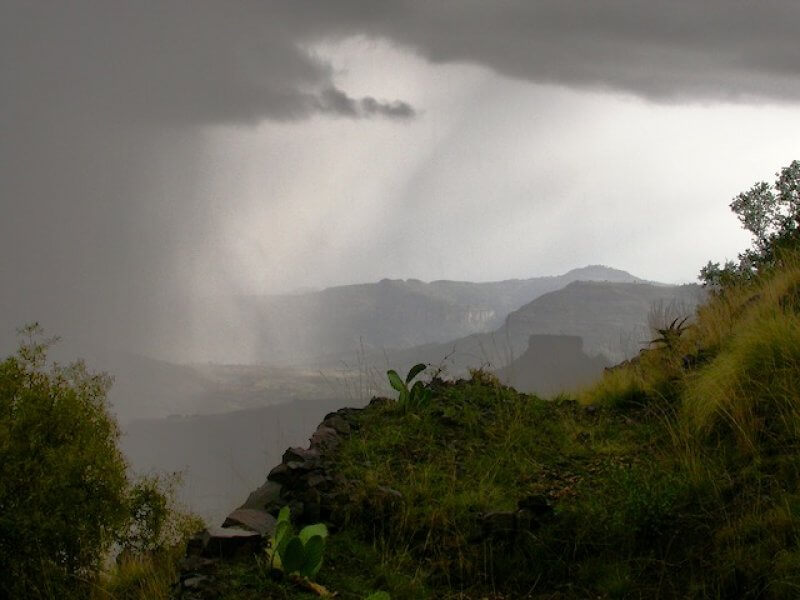
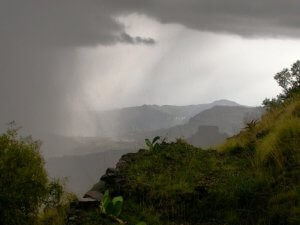
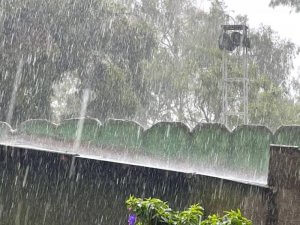
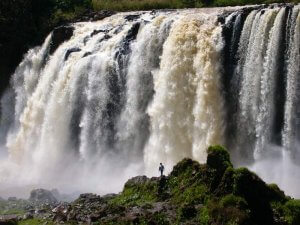
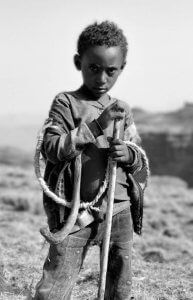
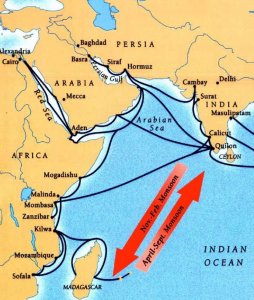
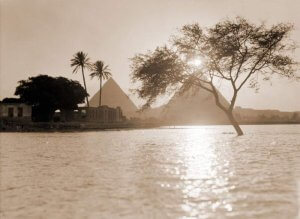
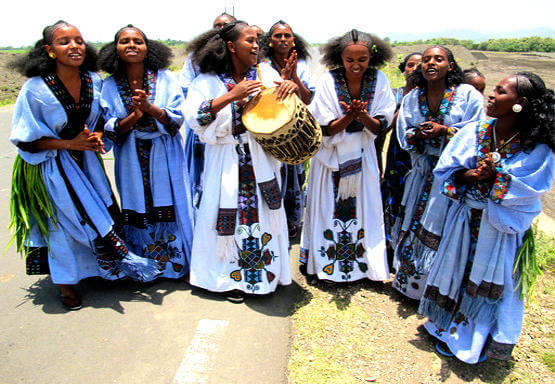
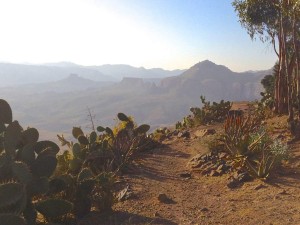
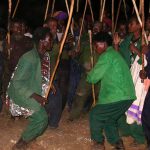
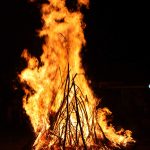
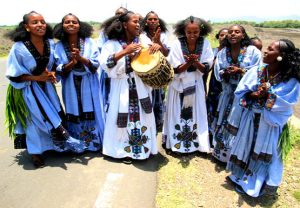
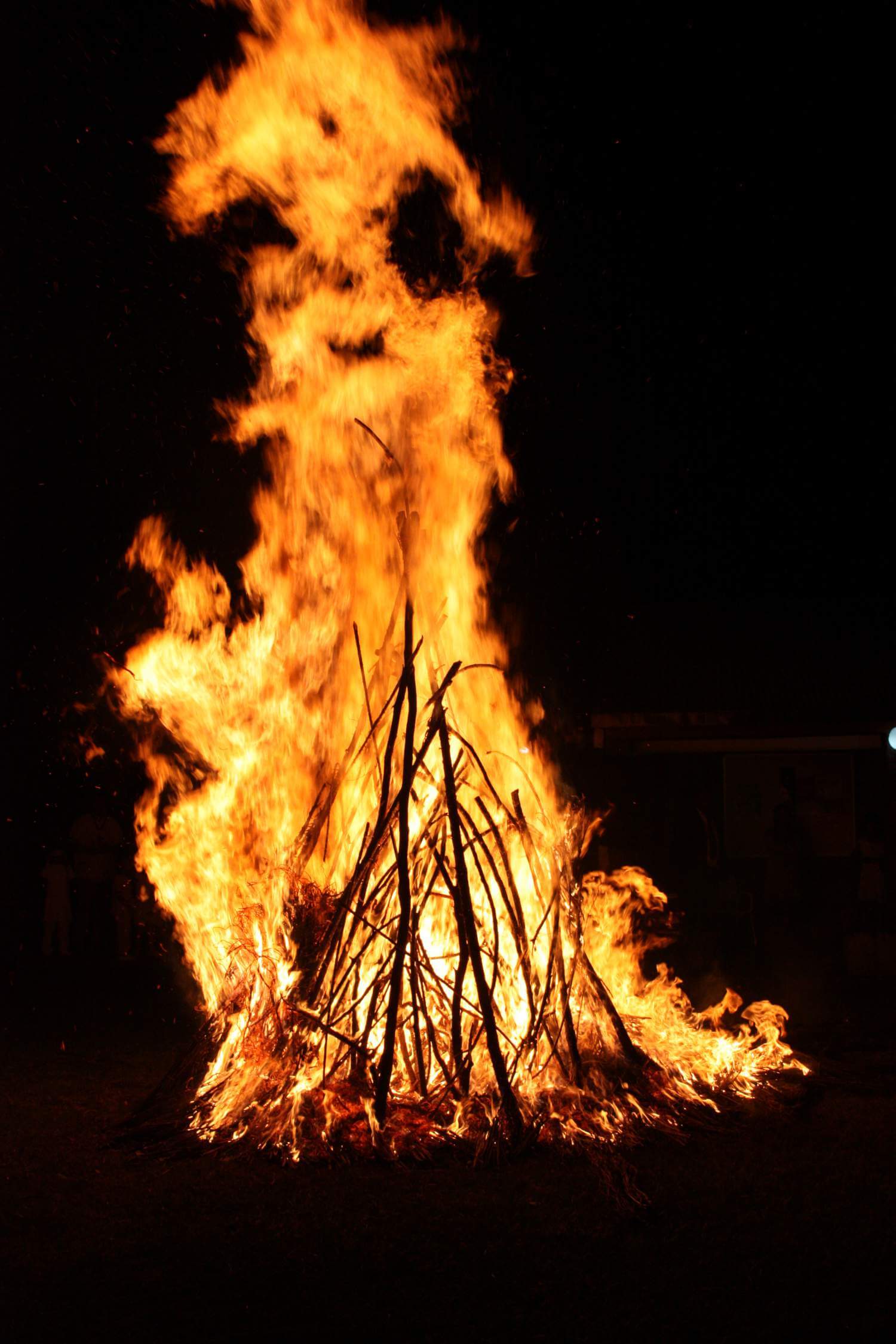
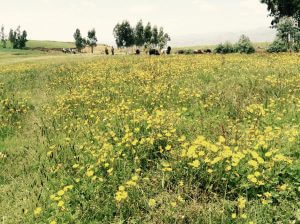
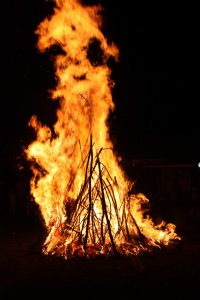
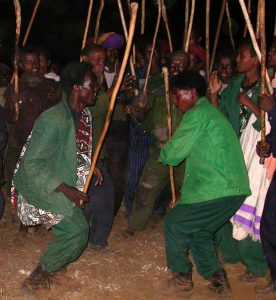
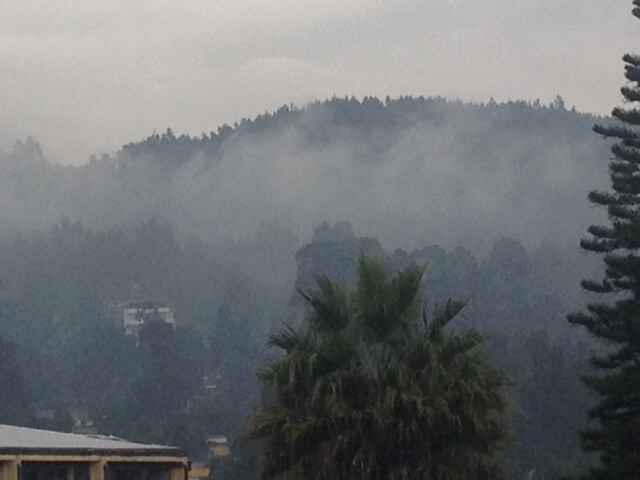

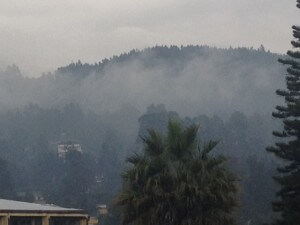
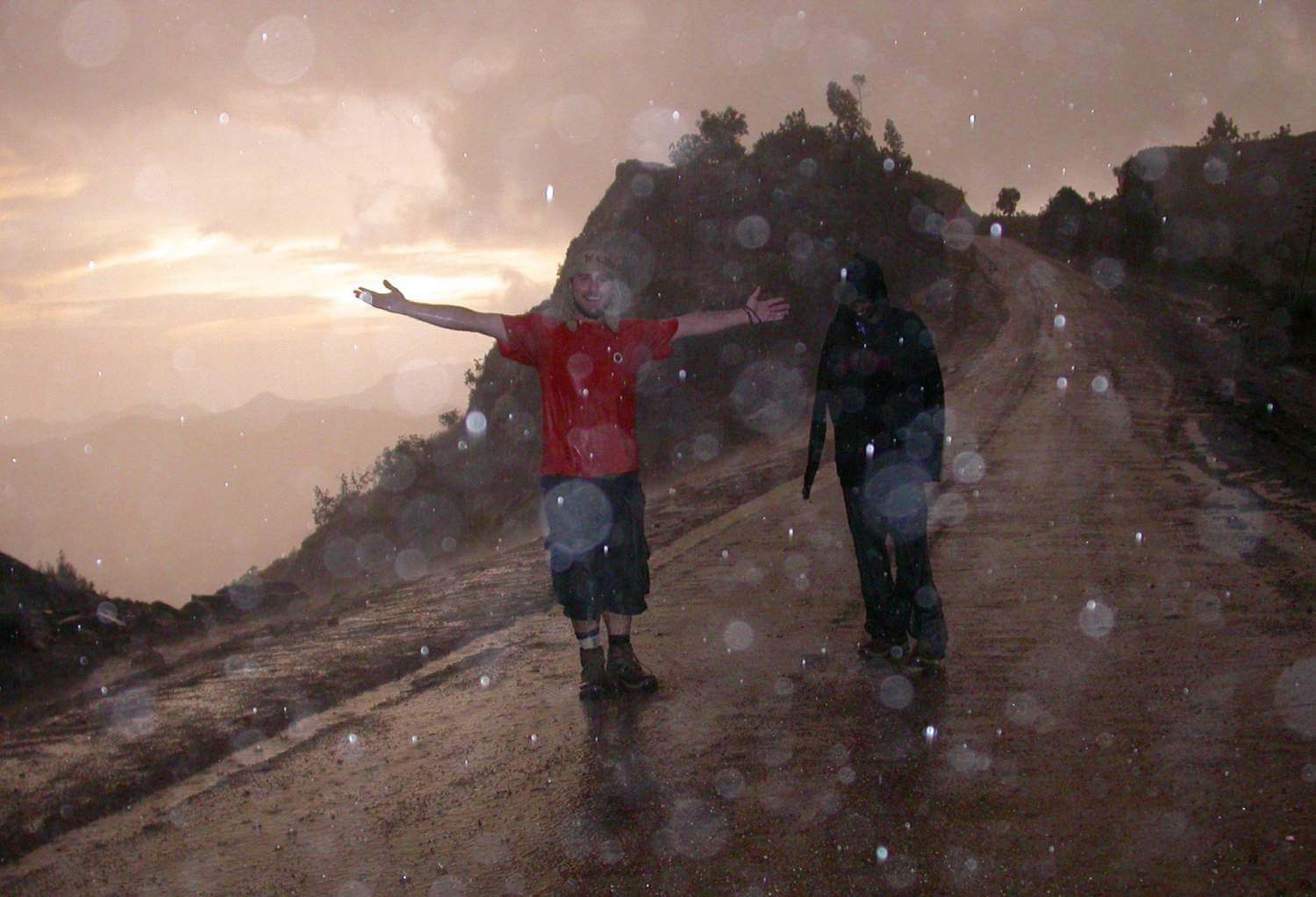
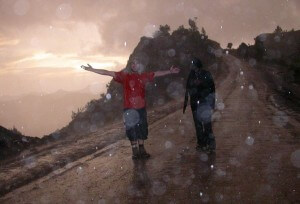 “A veritable monsoon!” Is how I often describe it, and it is. Its cause is the same weather patterns that cause the monsoon to sweep up through India – monsoon is the Indian word for their rainy season and kremt is the Amharic word.
“A veritable monsoon!” Is how I often describe it, and it is. Its cause is the same weather patterns that cause the monsoon to sweep up through India – monsoon is the Indian word for their rainy season and kremt is the Amharic word.